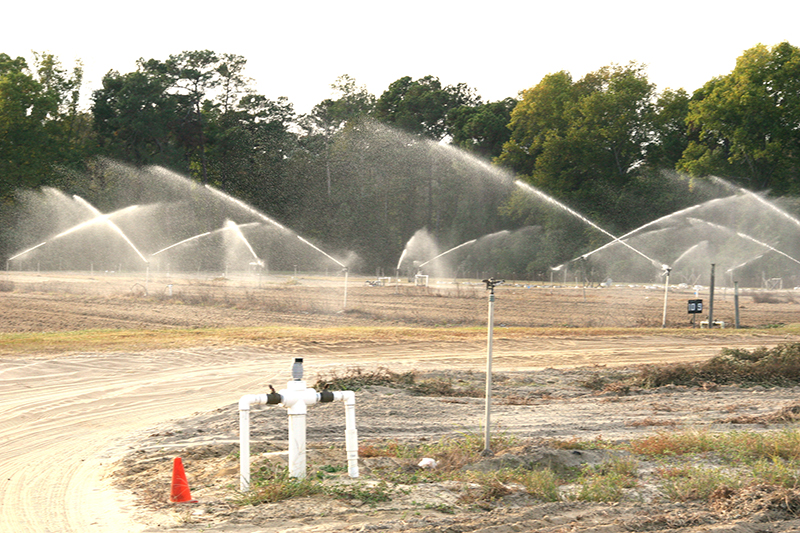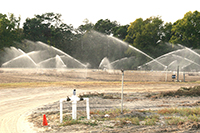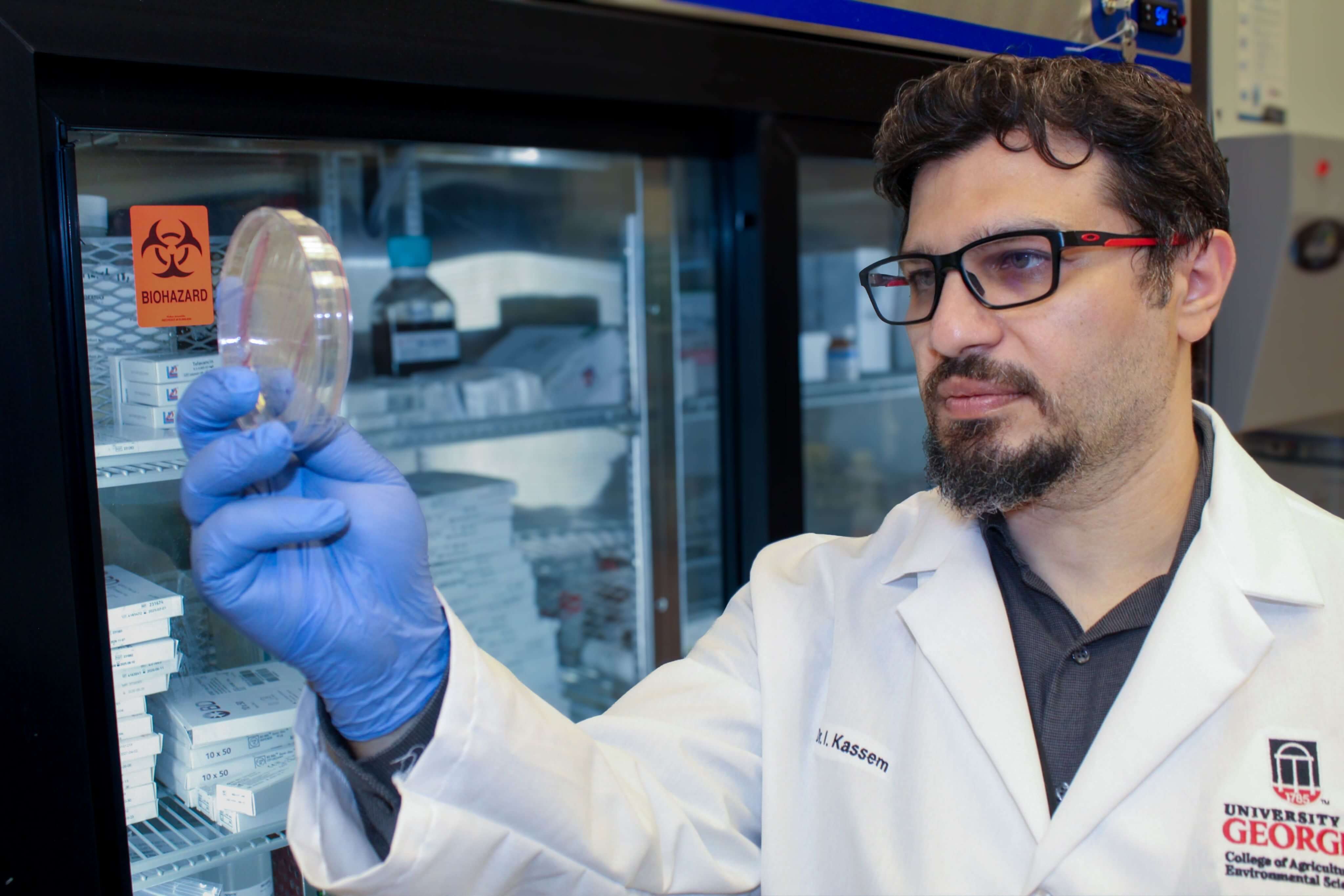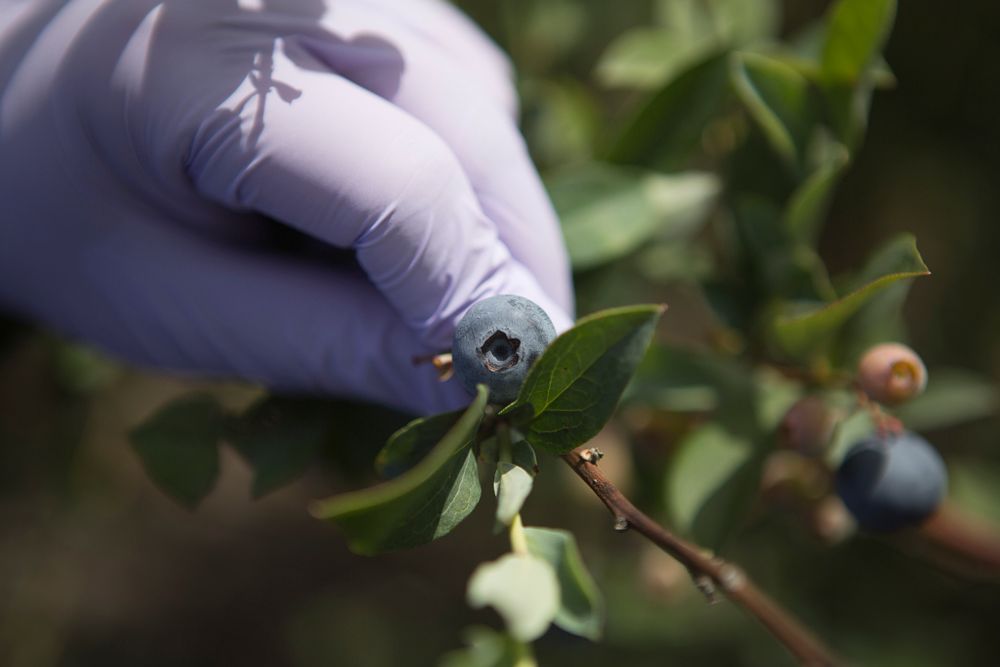Water summits in Tifton, Georgia, this week and across the U.S. provide fruit and vegetable growers with an opportunity to discuss water use on farms and simplification of existing water regulation standards with Food and Drug Administration (FDA) officials.
The FDA received negative feedback concerning the complexity of quality standards and testing requirements established in the Food Safety Modernization Act and Produce Safety rule from fruit and vegetable industry stakeholders. These two-day listening summits are a result.
The FDA held a water summit at the University of Georgia Cooperative Extension office in Tifton, Georgia, on Tuesday, Feb. 27, and Wednesday, Feb. 28. At the event, producers, fruit and vegetable industry representatives, educators, and researchers shared their thoughts about changes to the regulation system.
The rule established nationwide, science-based, minimum standards for safe growing, harvesting, packing and holding of fruits and vegetables grown for human consumption. It represents the first time such a rule has been put into place in the U.S. Most comments at the summit dealt with the complexity of these regulations and the high costs associated with required testing.
Currently, the rule requires that farms that use surface water sources, likes ponds or lakes, where the water that contacts the edible parts of the crop establish an initial water quality profile consisting of at least 20 samples. These samples must be collected close to harvesttime from each water source over two to four years.
If groundwater, like water that comes from a well, is the farm’s water source, then the initial profile must consist of four samples.
Findings from water testing determine whether the water meets the required microbial quality criteria.
After the initial survey, the rule requires an annual survey of at least five samples of each surface water source or one sample of each groundwater source in order to update the microbial water quality calculations. These new samples become part of an ongoing record of samples. The record drops the oldest calculations to create a rolling database that provides confirmation that the water is appropriate for use with fresh produce.
“We anticipate additional changes in water regulations, and FDA and the Produce Safety Alliance want feedback from growers and the produce industry,” said UGA Extension food safety specialist Judy Harrison. “These meetings allow farmers to let their voices be heard on ways to simplify requirements while still maintaining safety and what they like about the current system. They do want to try to simplify the regulations.”
Water can harbor human pathogens that cause widespread foodborne illnesses. Farmers frequently use irrigation systems to produce crops, so regulations are in place and water quality testing is necessary to protect public health, she said.
“You have to be really cautious about the quality of the water you’re using, whether you’re using it for irrigation or for frost protection. We’re talking about any of the uses where that water, before harvest, is likely to come in contact with the edible part of the crop,” Harrison said. “The way to contaminate a lot of produce really quickly is to use contaminated water that’s going to come in contact with the edible part of that crop.”
The 2016 farm gate value for Georgia’s fruits and nuts was $745.2 million, and $1.1 billion for vegetables, according to the UGA Center for Agribusiness and Economic Development. Prevention of foodborne illnesses is crucial to protecting public health and Georgia’s fruit and vegetable industry.








